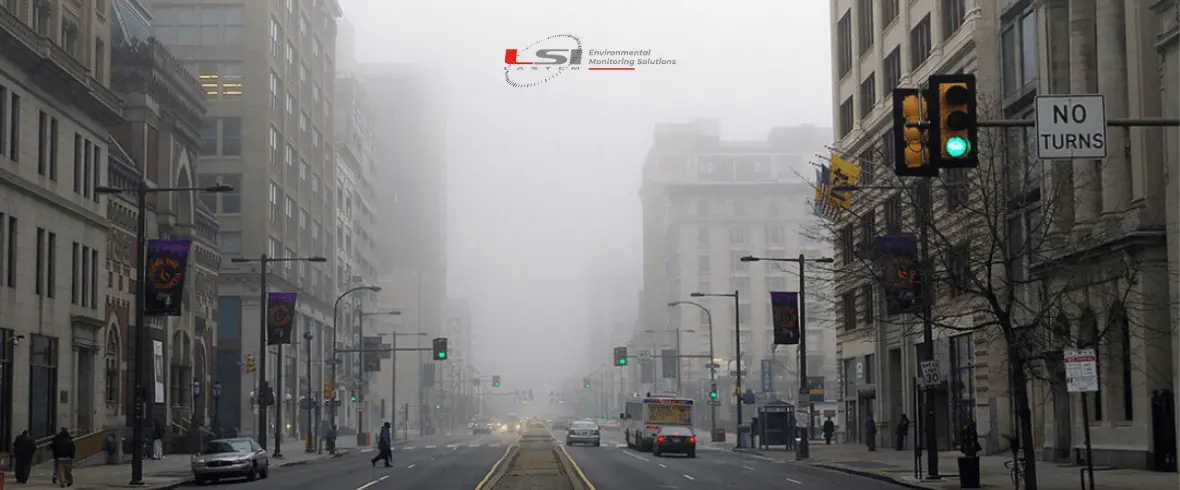Given the criticality of the situation and the concomitance with climate change, which causes the alternation of long periods of drought with long periods of rainfall, direct emissions of particulate matter need to be halved to address the critical concentration in the Po Valley. Massive interventions are needed, with considerable resources to invest, for example, in strengthening public transport, making buildings more energy efficient and in agriculture. Only through an integrated and determined approach can we hope to address this emergency and guarantee healthier air for the Po Valley and its communities.
Critical pollution in the Po Valley: from warnings to progress

Copernicus: the risks related to PM10 and PM2.5 in recent weeks
Recent studies conducted by the Copernicus Atmosphere Monitoring Service (CAMS), a program of the European Union, shed new light on the dangers of air pollution in the Po Valley, focusing mainly on PM10 and PM2.5 levels. The hourly PM10 concentrations in the area during January 2024 highlight the complexity of the situation. The meteorological conditions and the peculiar topography of the Valley contribute to the accumulation of particulate matter, worsening air quality, especially during periods of meteorological stagnation.
Smog alert: data from the last few weeks
The latest information reveals a dramatic increase in particulate pollution levels, regardless of the indicator used (PM2.5, PM10, ozone, nitrogen dioxide). Data from various Italian regional agencies (ARPA Lombardia, ARPAe, ARPA Veneto) converge in highlighting skyrocketing air pollution, exceeding safety limits for human health.
The most recent data released by ARPA highlights a worrying situation, with PM10 continuing to exceed the reference values and the critical threshold of 50 micrograms per cubic meter. In the readings of the control units in Milan and the province, the levels fluctuate between a minimum of 73 and a maximum of 122, while in Monza and Brianza it reaches 111, in Como 78, in Lecco 100 and in Varese 94. Starting from Sunday 20th February, Lombardy implemented anti-smog measures in nine provinces. Indeed, the need to address this environmental emergency is evident and anti-smog measures represent an important step towards improving air quality in the region.
What are the causes of the persistence of pollution in the Po Valley?
There are many reasons for this increase in pollution. The Po Valley, surrounded by the Alps and the Apennines, has limited ventilation and poor air circulation, accentuating the accumulation of pollutants during periods of unfavorable weather conditions. High population density, with a high number of vehicles and housing, further contributes to the problem.
In addition, the presence of significant intensive livestock farms and agricultural crops that use fertilizers contributes to the production of nitrogen oxides, another key element in the formation of particulate matter. In fact, studies conducted by Greenpeace indicate that intensive farming produces more smog than cars, highlighting the complexity of the sources in this area.
Latest data: rainfall improves air quality
After a week marked by high levels of air pollution, a finally positive turnaround is recorded. The weather disturbance that began over the weekend and is still ongoing has had a beneficial impact on the levels of pollutants in the air. The outlook for this week is of a constant improvement in environmental quality, thanks to the continuous rains. In fact, the series of disturbances that are crossing the Po Valley, bringing precipitation and snow to the Apennines and the Alps, are contributing to lowering the levels of atmospheric pollutants.
